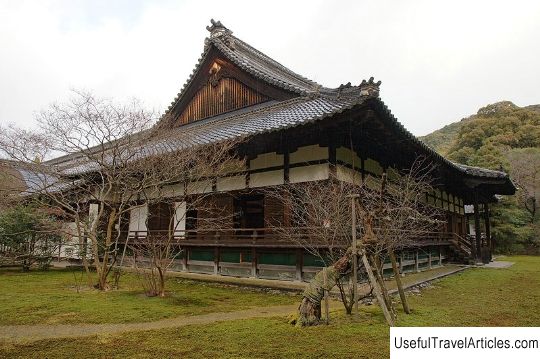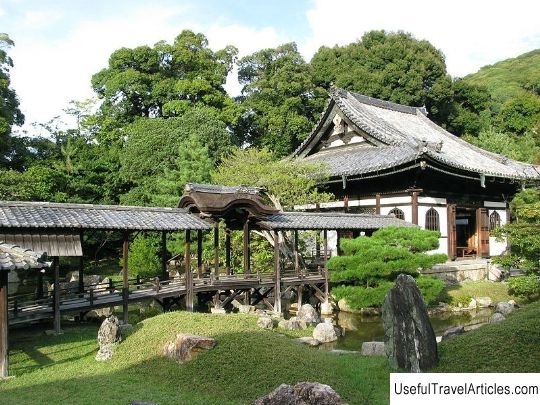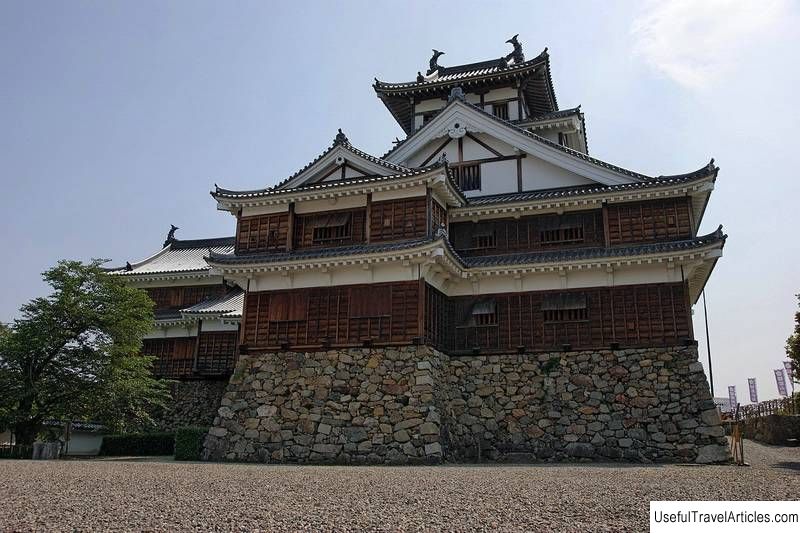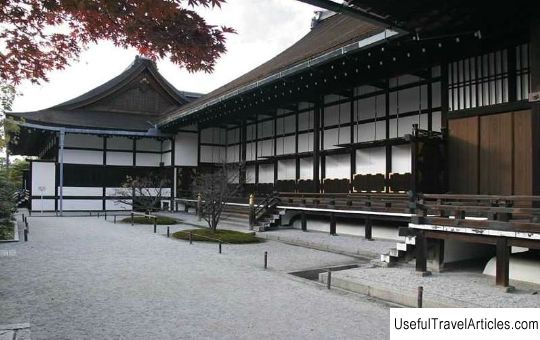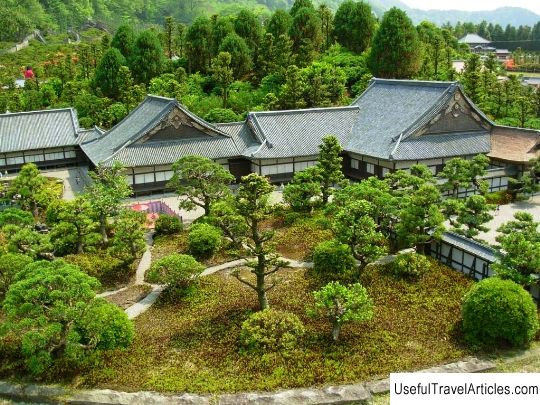Fushimi Castle description and photos - Japan: Kyoto
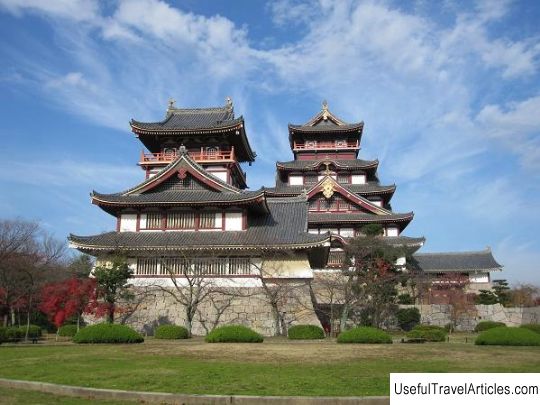
Fushimi Castle description and photos - Japan: Kyoto. Detailed information about the attraction. Description, photographs and a map showing the nearest significant objects. The name in English is Fushimi Castle. Photo and descriptionFushimi Castle, built near Kyoto, has a second name - Momoyama Palace, in honor of the mountain of the same name, on which it is located. It was built in 1594 by the military ruler Toyotomi Hideyoshi, who began the unification of Japanese lands. In fact, the castle is a museum that tells about the times of Hideyoshi's reign, and also represents the Momoyama era, rich in events in the political and cultural life of the country. It was at this time (mid-16th - early 17th centuries) that build castles and palaces, very well fortified on the outside and luxuriously decorated on the inside. These buildings performed not only protective functions, but were also supposed to symbolize the power and wealth of the shogun. Fushimi Castle in particular was erected by Hideyoshi to negotiate with diplomats from China with the aim of ending the Seven Years' War in Korea. During the construction, the ruler did not skimp, twenty provinces provided labor for the work - about 30 thousand people built the castle in two years. According to the descriptions, the most remarkable room of the castle was the tea room, in which everything was covered with gold. Unfortunately, it has not survived. At the beginning of the 17th century, the castle was captured and later dismantled, its interior was taken apart, some rooms were moved to other Japanese castles and temples. Thus, the wooden floor of the castle became the ceiling of the Yogen-In Temple, which is currently located near the Kyoto National Museum. But traces of the golden tea room could not be found. In September 1912, a funeral procession arrived in Kyoto, which brought the coffin with the body of Emperor Meiji to the former capital of Japan. He was buried in a tomb on the grounds of the former Fushimi castle. In 1964, Fushimi Castle was rebuilt, but slightly away from its original location. The castle is surrounded by a park where residents of Kyoto can admire cherry blossoms.      We also recommend reading Hotel Les Trois Rois description and photos - Switzerland: Basel Topic: Fushimi Castle description and photos - Japan: Kyoto. |
